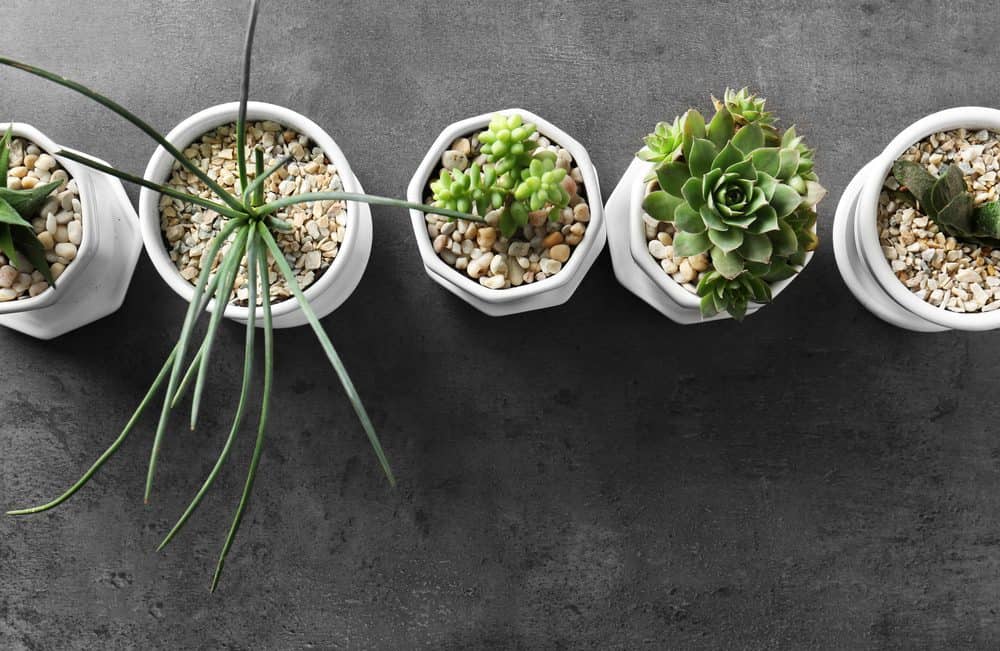
4 Benefits of Adding Stones to Your Container Plants
For passionate gardeners who have limited space to plant in their yard, container gardens are the next best thing.
Whether you live in an apartment in the middle of the city or want to spruce up your outdoor living area with some greenery, containers give gardeners flexibility and portability.
But the key to successful planting is to ensure your containers provide enough nutrients and drainage.
If you’re new to the container world, you might be wondering what type of garden supplies are best for your plants. Stones are one of the top recommendations that offer benefits for containers– we’ll tell you how! Let’s get to it.
1. Garden Pebbles are Beautiful
One of the biggest benefits of using small landscaping stones or gravel, such as pea gravel, with containers is that it covers up the dirt and gives your plants aesthetic appeal.
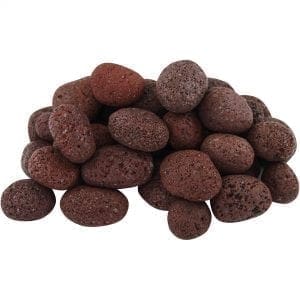
Pebbles come in all sorts of colors, patterns, and textures, giving you free rein to express yourself. And, they work with any type of plant.
If you like making terrariums, add colorful stones and cedar bark amongst your succulents and figurines to create the cutest mini forest!
2. Landscaping Stones Keep Pesky Flies Away
Fungus gnats love to lay eggs in the soil of container plants, but decorative stones are an effective way to keep them out. Simply layer some sand on top of the soil and place a few stones on top of the sand.
This is especially beneficial for heat-loving plants, such as cactus and succulents.
3. Clay Pebbles Help Retain Moisture
It takes practice to figure out how to water container plants, but clay pebbles can help ease the struggle.
By filling the bottom of the container with pebbles (about ⅕ of the way), then adding soil, water will be evenly dispersed and the clay will hold in excess water, keeping it retained until the plant needs a drink.
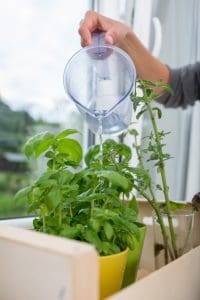
4. Gravel Helps Facilitate Drainage
Drainage is another important element to consider with containers, ensuring water flows freely to an outlet instead of bogging down the soil for hours.
Most pots already come with a hole drilled into the bottom for drainage, but if yours doesn’t have one, try to drill a hole in the pot yourself, then layer gravel on the bottom of the pot to slow down the flow of water.

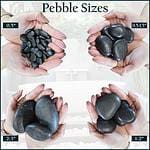
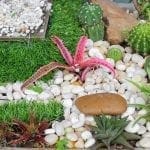



Leave a Reply